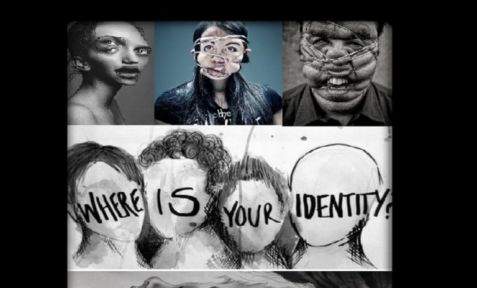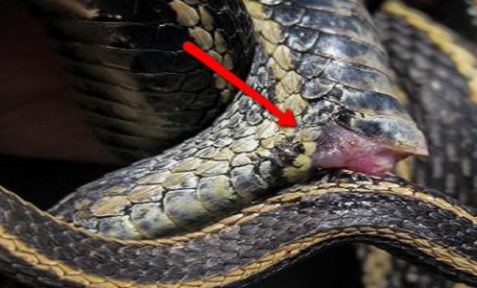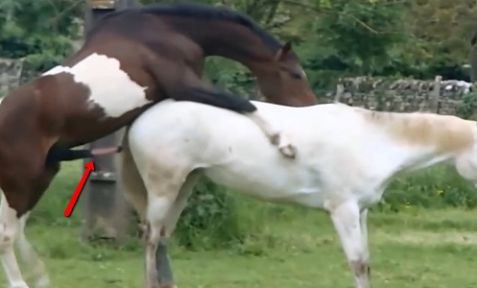SCIENTIFIC PSYCHOLOGY, NON-TRADITIONAL PSYCHOANALYSIS—Courses Topics
All courses are based on scientific research done by the Special Scientific Info-Analytical Laboratory—Catalog of Human Souls, which is engaged (since 1975) in decryption of ancient manuscripts, and among them discovered the Catalog of human population. Courses are intended for the general public (18 years of age and older), as well as for specialists and professionals. Contact us to request a live lecture, a webinar, etc. on any of the listed topics (complete list of topics is available here).
SET 1. SCIENTIFIC PSYCHOLOGY AND OTHER SCIENCES.
The Catalog of human population was found. The answer to the question “What is the “soul” (psyche) of a human and what is its structure?” was found since the Catalog of human population was discovered. The basis for cataloging biological type Homo sapiens is the discovery of existence of subtypes (subspecies) within this type (species). At the moment of birth, a person is not “a tabula rasa” (“a blank slate”)—he is born with a subtype program and three manipulation modes of correction of his psychophysiology and behavior. Manipulation modes can also be used to manage a person from the outside. Programs and manipulation modes of each subtype are endemic.
SECTION 1. SCIENTIFIC PSYCHOLOGY. NON-TRADITIONAL PSYCHOANALYSIS.
Systematic research in the field of human psychophysiology, which united psychology, sinology, linguistics, phenology, biology, zoology, botany, mineralogy, geomorphology, physical geography, hydrology and other sciences. The Catalog of human population is a description of human as a type by subtype structures. According to the definition that was developed and introduced to non-traditional psychology by the author of the discovery of the Catalog of human population—Andrey Davydov: “The Catalog of human population is a description of type human by subtype structures. Subtype structure (synonyms: “psyche”, “soul”) is a combination of individual archetypes, recorded at the genetic level (principle). Expressions and interaction of subtype structures in manipulation modes and phonological algorithms are described with adjustments for gender, age and cultural differences. Information is recorded on six factors.”
1.1.1. Psyche is an archetypal matrix.
1.1.2. Complete and detailed information about nature and structure of human psyche was found by researcher-sinologist Andrey Davydov in one of the most ancient manuscripts, which some researchers date XXI-XX century BC.
1.1.3. Catalog of human population. Homo sapiens is a biological type (species), divided into 293 subtypes (subspecies).
1.1.4. A human is a programmed bio-form, an anthropo-zoomorphic being, whose individual (subtype) archetypal pattern depends on the phenological cyclicity of a geographic area.
1.1.5. Three human manipulation modes (suppression, balance, stimulation) are correctors of his psychophysiological state and behavior.
1.1.6. Classification by six factors, which are principally different from each other, allows concretizing the functional diapason of an individual by sections.
1.1.7. Image-hologram carries information compendiously, multi-dimensionally in space and beyond time.
1.1.8. Images as segments-blocks that make up individual archetypal patterns of subtypes structures (psyche) of Homo sapiens.
1.1.9. Influence of natural and artificial images on human psychophysiology.
1.1.10. Artificial images as the root of any problem of an individual, as well as society as a whole.
1.1.11. An image is the basis of management of a system called “a human.”
1.1.12. Non-traditional psychoanalysis is a new direction in scientific psychology.
1.1.13. From Carl Gustav Jung’s archetypes of the collective unconscious to individual archetypal patterns.
1.1.14. Can archetypal images contain chimeras?
1.1.15. Archetype semantics: how it corresponds to the concept of “an image.” How archetypal are images?
1.1.16. Self-perfection as a conscious achievement of wholeness of an individual by the means of certain qualitative transformation of individual human subtype program with transition to a concretely new level, criterially recorded in the Catalog of human population.
1.1.17. Historical background of the discovery of the Catalog of human population.
1.1.18. General information about the author’s method and technology of decryption of Shan Hai Jing (and other ancient books) and creation of the Catalog of human population. (Additional sub-topic: About the Technology Used to Decrypt Programs of Type Homo)
1.1.19. Practical application of the Catalog of human population. (Additional sub-topic: Main Uses Of The Catalog of Human Souls)






